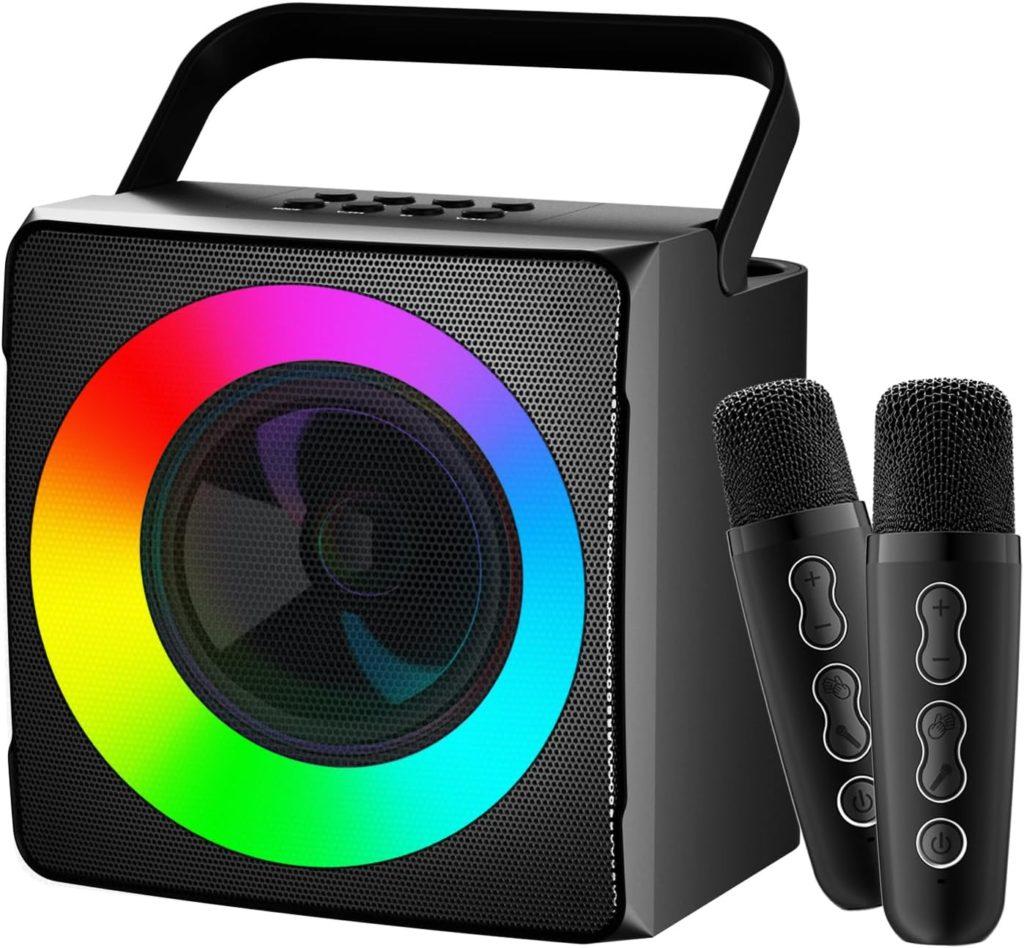
Throughout the world, instruments that produce a sound through vibrating strings have been in existence for thousands of years. Ever since mankind accidentally stretched the remaining tendons and sinews of their evening meal across wooden fixings, the potential for a memorable ‘riff’ was born!
A string instrument is a musical instrument that produces sound by means of vibrating strings. The most common string instruments in the string family are guitar, electric bass, violin, viola, cello, double bass, banjo, mandolin, ukulele, and harp.
Glorious Guitar
The mainstay of the popular cultural musical world for over a hundred years! Evolving from early harps and lutes. There were many different plucked instruments that were being invented and used in Europe and the far east, during the Middle Ages. But this isn’t a history lesson! Let’s look at the guitars on offer today;
Acoustic; Usually steel stringed with an arched top (variants cut in different shapes) and the most popular in the western world. The acoustic guitar group also includes unamplified guitars designed to play in different registers, such as the acoustic bass guitar, which has a similar tuning to that of the electric bass guitar, and electro-acoustic models which have pick-ups.
Classical; Classical guitars, also known as “Spanish” guitars, are typically strung with nylon strings, plucked with the fingers, played in a seated position and are used to play a diversity of musical styles including classical music. The classical guitar’s wide, flat neck allows the musician to play scales, arpeggios, and certain chord forms more easily and with less adjacent string interference than on other styles of guitar. Flamenco guitars are very similar in construction, but they are associated with a more percussive tone, and in Mexico, the popular mariachi band includes a range of guitars, from the small requinto to the guitarrón, a guitar larger than a cello!! (with no spike luckily!!).
Electric; Electric guitars can have solid, semi-hollow, or hollow bodies; solid bodies produce little sound without amplification. Electromagnetic pickups, and sometimes piezoelectric pickups, convert the vibration of the steel strings into signals, which are fed to an amplifier through a patch cable or radio transmitter. The sound is frequently modified by other electronic devices (effects units) or the natural distortion of valves (vacuum tubes) or the pre-amp in the amplifier.
Bass; The bass guitar (also called an “electric bass”, or simply a “bass”) is similar in appearance and construction to an electric guitar, but with a longer neck and scale length. The four-string bass, by far the most common, is usually tuned the same as the double bass, (E, A, D, and G). The bass guitar is a transposing instrument, as it is notated in bass clef an octave higher than it sounds (as is the double bass) to avoid excessive ledger lines being required below the staff. Like the electric guitar, the bass guitar has pickups and it is plugged into an amplifier and speaker for live performances.
Orchestral Opulence
When you look at a string instrument, the first thing you’ll probably notice is that it’s made of wood, so why is it called a string instrument? The bodies of the string instruments, which are hollow inside to allow sound to vibrate within them, are made of different kinds of wood, but the part of the instrument that makes the sound is the strings, which are made of nylon, steel or sometimes gut. The strings are played most often by drawing a bow across them (Arco) or plucking (Pizzicato).
Violin; The Violin is the smallest of the string family, and the highest pitched. There are more violins in the orchestra than any other instrument (there can be up to 34!) and they are divided into two groups: first and second. A typical-sized violin is around 24 inches (two feet) long, with a slightly longer bow. You play the violin by resting it between your chin and left shoulder. Your left hand holds the neck of the violin and presses down on the strings to change the pitch, while your right hand moves the bow or plucks the strings.
Viola; The Viola is the sibling of the violin. It is slightly larger, just over two feet long, and has thicker strings, which produce a richer, warmer sound than the violin. There are usually 10 to 14 violas in an orchestra and they traditionally play in Alto Clef.
Cello; The Cello looks like the violin and viola but is much larger (around 4 feet long), and has thicker strings than either the violin or viola. Of all the string instruments, the cello sounds most like a human voice (tenor), and it can make a wide variety of tones, from warm low pitches to bright higher notes. There are usually 8 to 12 cellos in an orchestra and they play both harmony and melody.
Double Bass; This is the largest, and lowest-pitched, of the string family at over 6 feet long. The 6 to 8 double basses of the orchestra are almost always playing the harmony (Note to Saint-Saëns ‘The Carnival of the Animals’ The Elephant!!). Like the cello, the body of the double bass stands on the ground, supported by a metal peg, and the neck rests on your left shoulder. You produce sound just like on a cello, using the left hand to change pitch and the right to move the bow or pluck the string.
Stringent Summary
As with many stringed instruments, you will find many variations, be it guitars made from plastics, 12 string versions, junior models with built-in speaker etc. to electrified Violins, Cellos and Double Basses! There’s also others such as Banjo’s, Mandolins, and Ukuleles. Whatever you are interested in, Normans Musical Instruments is here to advise and help you choose the best and most appropriate.
When it comes to stringed instruments, the world is your oyster…just don’t have too many!
Source link






